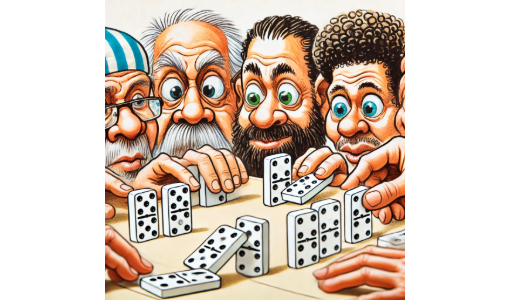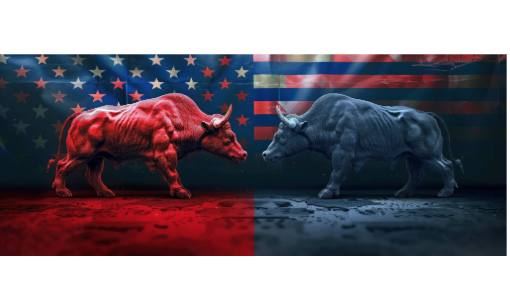< Back to How We Help Clients
Business Model Canvas and it’s benefits
Business Model Canvas (BMC) is a strategic management and entrepreneurial tool that provides a visual framework for describing, analyzing, and designing business models.
It offers a concise and structured representation of a company’s key components, enabling organizations to better understand their value proposition, target market, revenue streams, cost structure, and overall business architecture.
With your team, we help clients identify and deliberate nine building blocks which will be the foundation of their business or program:
Customer Segments, Value Proposition, Channels, Customer Relationships, Revenue Streams, Key Activities, Key Resources, Key Partnerships, and Cost Structure.
The Business Model Canvas offers several benefits to businesses:
- Comprehensive overview: The BMC provides a holistic view of the entire business model in a single, easily understandable framework. It helps stakeholders, including entrepreneurs, managers, and investors, to grasp the interdependencies between different components and assess the overall viability of the business.
- Strategic analysis and innovation: By mapping out each building block, businesses can analyze and evaluate the strengths, weaknesses, opportunities, and threats in their current or potential business models. This analysis facilitates strategic decision-making, identifies areas for improvement, and stimulates innovation by challenging existing assumptions and exploring new possibilities.
- Communication and collaboration: The visual nature of the BMC allows teams and stakeholders to effectively communicate and collaborate on business model design and refinement. It serves as a common language and reference point, aligning different perspectives and fostering a shared understanding of the business’s value proposition and strategy.
- Flexibility and adaptation: The BMC encourages agility and adaptability by providing a flexible framework that can be easily modified and iterated upon. It enables businesses to experiment with different ideas, pivot when necessary, and respond to market changes or customer feedback in a more agile manner.
- Investor and stakeholder engagement: The BMC is a valuable tool for engaging investors and stakeholders, as it concisely presents the business model’s key elements and value proposition. It helps convey the business’s potential and attractiveness, making it easier to secure funding, partnerships, or support from external parties.

Budgets and Projections
SUMMARY A budget outlines expected revenues and expenses over a specific period, guiding short-term financial management and ensuring operational stability. Financial projections estimate future financial performance, helping plan for long-term growth and secure...

Advice from Successful Entrepreneurs
SUMMARY Successful entrepreneurs offer valuable financial lessons such as the importance of resilience, exemplified by Jack Ma's persistence despite repeated failures. Understanding market and user needs, as highlighted by Sandi MacPherson's experience, is crucial for...

Businesses Thrives Regardless of Politics
SUMMARY Over the past thirty years, American businesses have experienced significant growth and periodic downturns, regardless of which political party was in power. The dot-com boom under Clinton, the real estate surge during Bush's tenure, and the green energy and...

Sustainable Ventures Through Cooperative Principles
SUMMARY Adopting cooperative principles can help grass-roots and social entrepreneurs create sustainable ventures by fostering community, shared resources, and equitable compensation. By pooling resources, offering modest stipends, and ensuring basic needs are met,...
